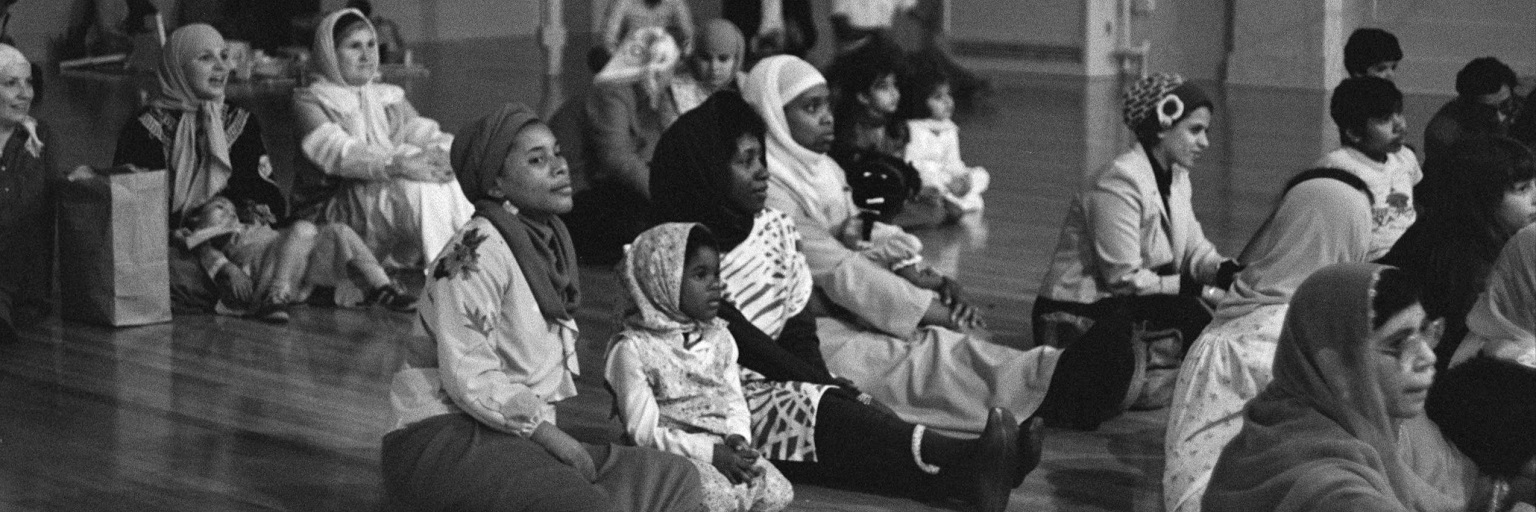Amendment I of the United States Constitution
Congress shall make no law respecting an establishment of religion, or prohibiting the free exercise thereof; or abridging the freedom of speech, or of the press; or the right of the people peaceably to assemble, and to petition the Government for a redress of grievances.
Ratified December 15, 1791
Free Exercise of Religion/Separation of Church and State are Essential to Democracy
Free Exercise of Religion and the Separation of Church and State under the Establishment Clause in the First Amendment are essential to democracy and embedded in the founding of the United States. It is a nation settled by religious dissidents and which still identifies as a refuge for those escaping religious persecution and seeking religious tolerance.
- There is no national religion in the United States
- Reinforcing this value of tolerance and separation of church and state, Article VI, cl. 3 of the Constitution states that public officials are bound by an oath or affirmation to support the Constitution, but are not required to take a religious test as a qualification to hold public office.
Interpretation by the Supreme Court
The Supreme Court has established tests to determine whether the government has established or prohibited the free exercise of religion. In 1993, Congress passed the Religious Freedom Restoration Act to protect free exercise and heighten the standard of scrutiny of governmental restrictions. Public schools have been the focus of Free Exercise as well as Establishment Clause cases, including prayer in schools or during/after school activities, which the Supreme Court has held may or may not violate the First Amendment as the legal precedent it has set has shifted.
Engel v. Vitale (1962)
The Supreme Court held that prayers in public schools are unconstitutional, violating the Establishment Clause of the First Amendment, even if such prayers are nondenominational, not tied to any religion, and are not required to be recited. Learn More
Lemon v. Kurtzman (1971)
The Supreme Court created a three-part test to evaluate Establishment Clause cases. Laws that are constitutional under the First Amendment: (1) must have a secular purpose; (2) must have a principal or primary effect that neither advances nor inhibits religion; (3) must not foster an excessive government entanglement with religion. Learn More
Kennedy v. Bremerton School District (2022)
The Supreme Court held that the First Amendment protected a public school employee engaging in prayer during and after school sports activities, under the Free Exercise and Speech Clauses, and that such prayer did not violate the Establishment Clause. In its decision, the Court abandoned the Lemon test and related tests, and replaced it with consideration to “historical practices and understandings.” Learn More
Religious Freedom Restoration Act of 1993
This federal law provides protections for the Free Exercise of Religion through the heightened standard of review to evaluate the constitutionality of government actions that “substantially burden” an individual’s exercise of religion, even when those actions are religiously-neutral. Those actions are subject to strict scrutiny, where they must be in “furtherance of a compelling government interest” and use “the least restrictive means” to further that interest. Learn More
- “Interpretation & Debate: The Establishment Clause,” posted by the National Constitution Center
- “Interpretation & Debate: The Free Exercise Clause,” posted by the National Constitution Center
- First Amendment – Freedom of Religion Timeline, posted by the Annenberg Classroom
- “Scopes Monkey Trial” by James C. Foster, in The First Amendment Encyclopedia, posted by the Free Speech Center
- First Amendment Fundamental Freedoms, in Constitution Annotated, produced by the Congressional Research Service
“The Bill of Rights and Religion,” two lesson plans with activities and handouts, posted by the Bill of Rights Institute
“First Amendment and Religion” includes activities and materials for teaching Engel v. Vitale (1962), under Educational Resources, posted by U.S. Courts
“The Scopes Trial” includes video, background reading, and discussion questions, posted by PBS LearningMedia

